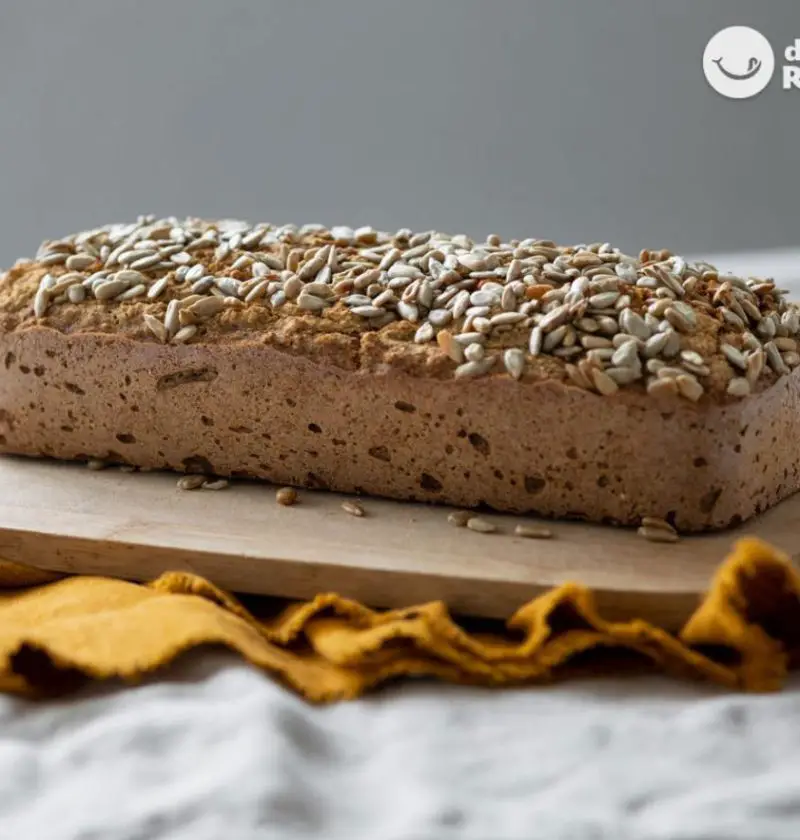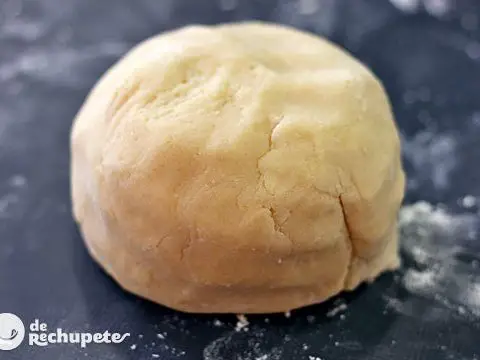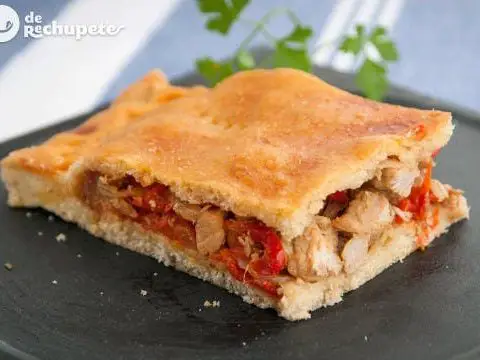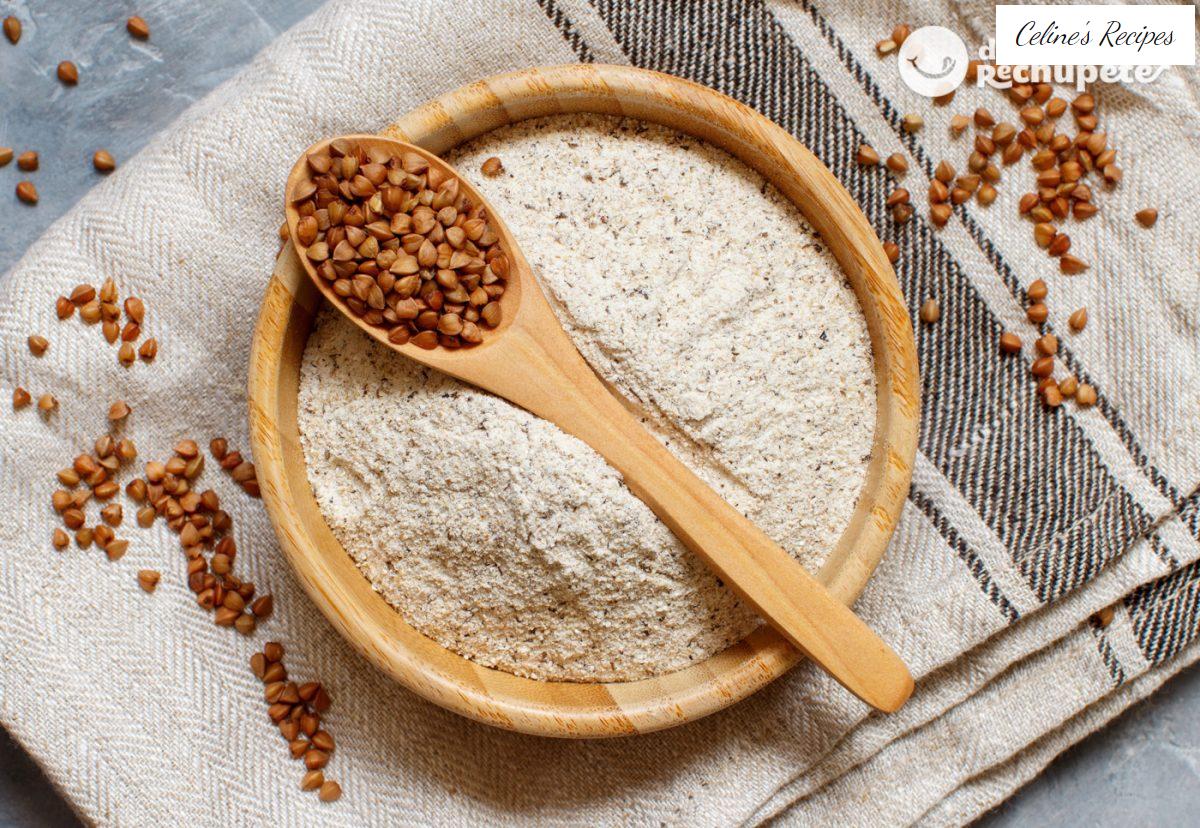
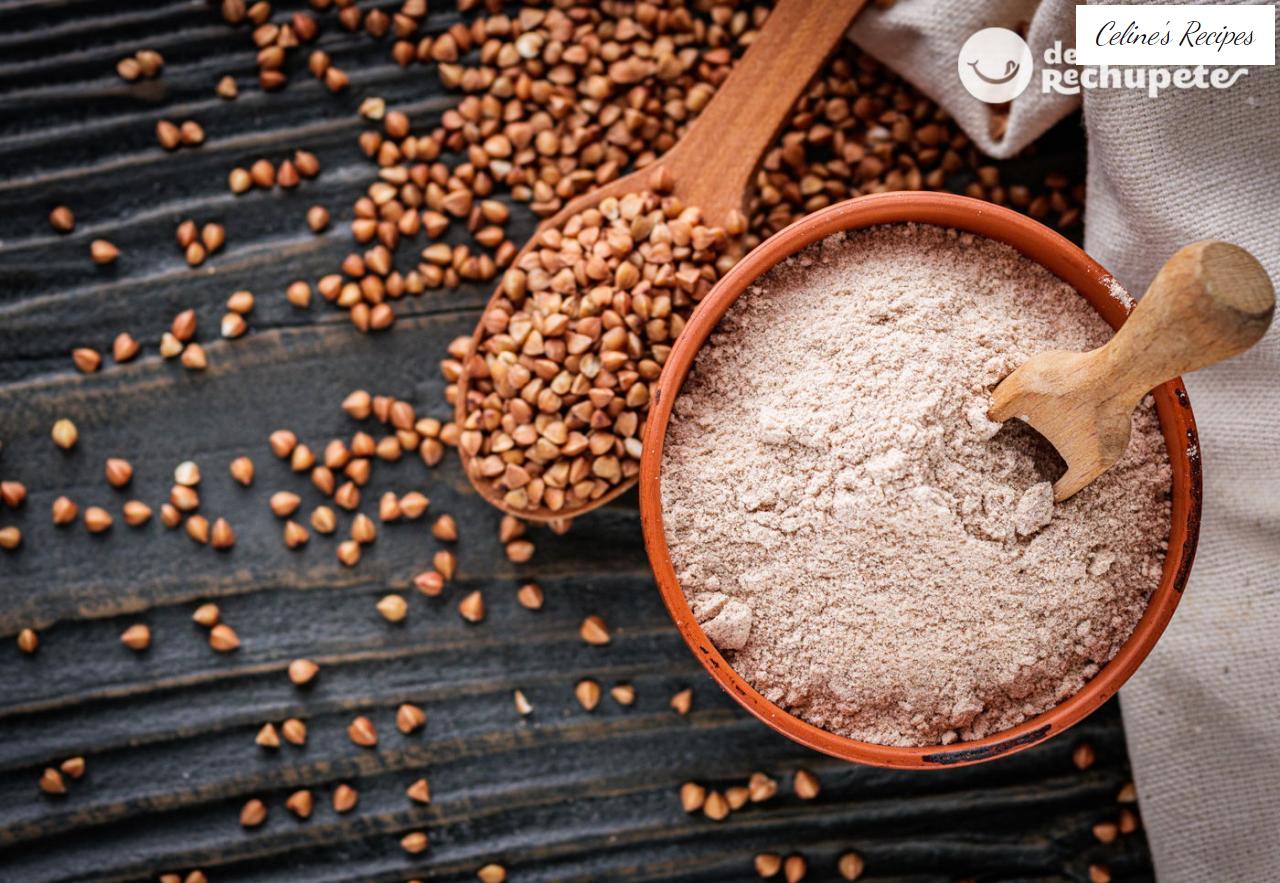
Also known as “ black wheat” or “buckwheat ” ( Fagopyrum esculentum ). It is a hard grain in a pyramidal shape and although it is marketed as a cereal, it is actually a pseudocereal that, along with quinoa and amaranth, belongs to the Polygonaceae family, and all of them are gluten-free.
We call pseudocereals the seeds used as cereals , but they are characterized because in addition to not having gluten, as I told you, they have very high nutritional values, higher quality proteins and quantity of minerals and fatty acids.
So when you see buckwheat bread in your bakery, you already know that it is not made of wheat nor is its origin buckwheat. What is known by that particular name is nothing other than a herbaceous plant, also called buckwheat, whose origin dates back to the immense plains of Central Asia more than 7,000 years ago. Although it is now grown in many countries, currently the largest producers are in turn the largest consumers. Today, Russia is the largest producer, exceeding 50% of world production, followed by China, the US and Europe.
Commonly known as the 100-day plant, as it is grown between June and July and harvested between September and October. It grows in areas with cold climates and does not need fertilizers or pesticides. For centuries, it was part of the food base of the Bretons, they prepared everything from porridge to crepes and today it is widely used not only in garnishes or stews but also in smoothies, salads, juices…
As it is not a cereal, it does not contain gluten and is therefore suitable for celiacs and also has a high content of bioavailable proteins, making it perfect for vegan and vegetarian diets.
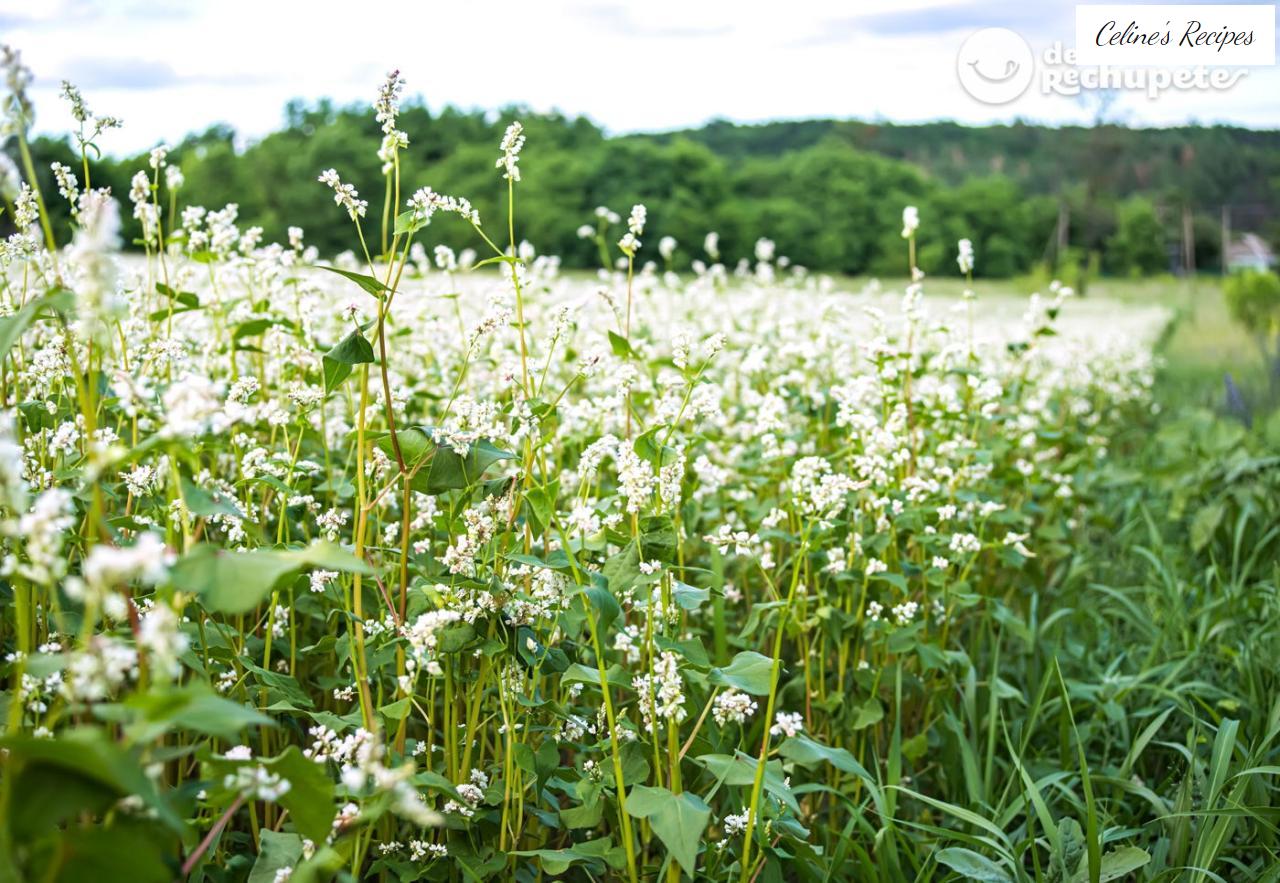
Is buckwheat wheat? Is it a cereal?
As you have already read, no. Buckwheat grain is a gluten-free grain with beneficial effects on human health. But it is not a cereal but a fruit, however, its high starch content and its use for the production of flour makes it considered a pseudocereal.
Nutritional value
- Calories 313 kcal
- Calcium 18 mg
- Carbohydrates 62 gr
- Fiber: 17
- Fat: 3.3 g
- Magnesium: 230 mg
- Protein: 13 g
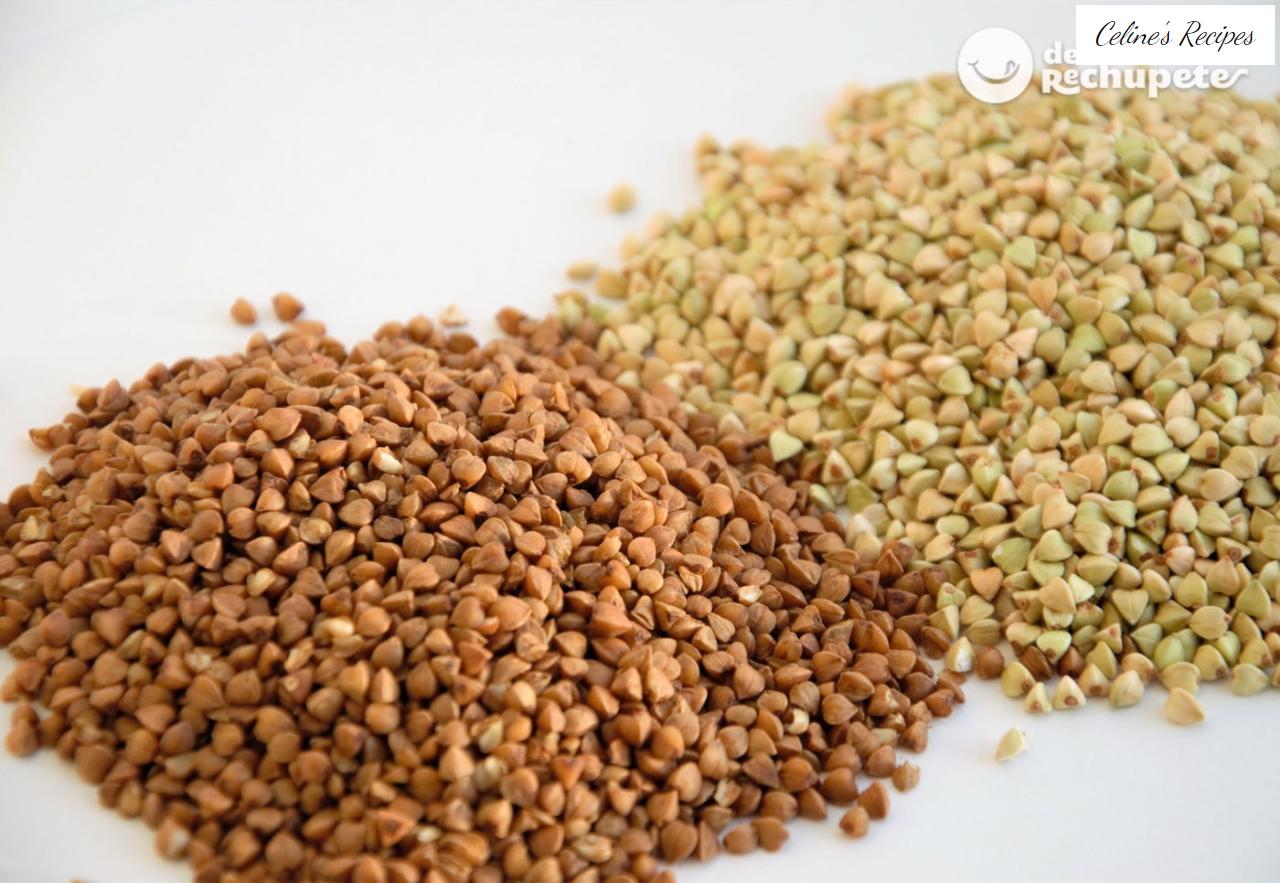
Properties and benefits of buckwheat
Conventional wheat is consumed mostly in the form of refined flour, so the proteins and almost all of the vitamins and minerals are lost. However, buckwheat is usually eaten with the whole grain cooked and therefore, the amount of nutrients it provides is greater. Therefore, by having a greater contribution of vitamins, it has a higher antioxidant power than wheat. It is also relatively low in phytic acid, a mineral absorption inhibitor found in most grains.
- Most carbohydrates are starches, so in addition to having a lot of both soluble and insoluble fiber, which provides energy for the brain, helps intestinal transit and prevents constipation.
- Starch contributes to having a low glycemic index.
- Of the carbohydrates it has, there is D-chiro-inositol , very beneficial for type 2 diabetics, by improving insulin resistance.
- D-chiro-inositol, in turn, helps improve blood sugar levels.
- Buckwheat, unlike cereals, contains all the essential amino acids, such as lysine and methionine.
- Helps regulate cholesterol, healthy fats such as oleic, linoleic, palmitic and linolenic acid increase good cholesterol (HDL)
- It has many B vitamins , mainly B1, B3 and B5.
- Its high content of magnesium, potassium, as well as iron, phosphorus, sodium, calcium and zinc stands out.
- It has a great antioxidant action due to its contribution of flavonoids , especially quercetin and rutin . It is worth highlighting rutin , because there is no other pseudocereal nor any cereal that has it and it is characterized because it not only has an antioxidant effect, but also enhances this same effect in other vitamins, helping to prevent arteriosclerosis, cancer or diseases related to varicose veins. , hemorrhoids…
- Flavonoids also help with issues related to stress, anxiety, depression, fatigue…
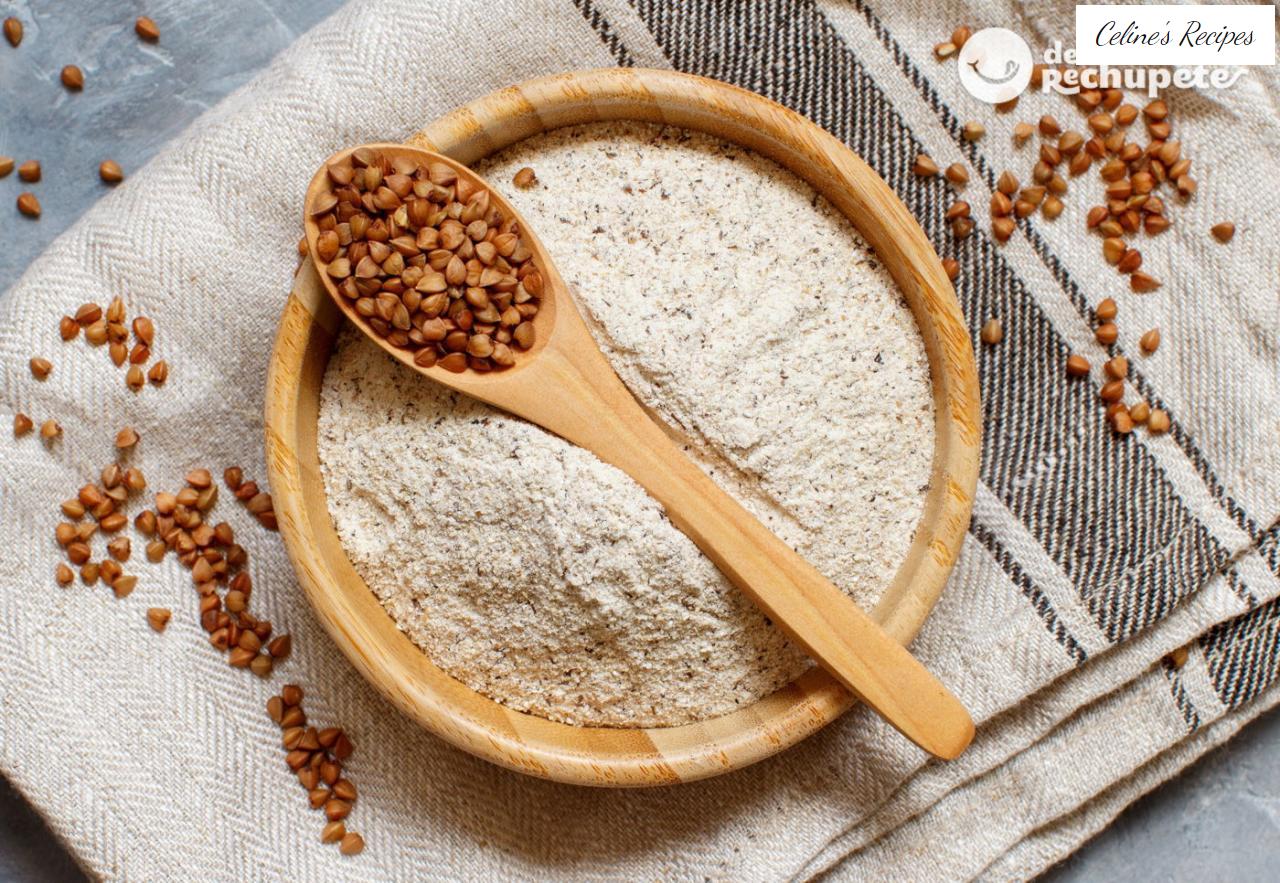
How to prepare buckwheat
Buckwheat can easily replace wheat flour in the same proportions. Furthermore, unlike this which is usually used refined and therefore loses almost all of the proteins, vitamins and minerals, buckwheat is usually eaten with the whole grain cooked and therefore, the amount of nutrients it provides is greater. .
For its part, buckwheat flour can be replaced by any type of flour , although whole wheat flour is recommended due to its similarity in texture, or other flours such as chickpea flour , quinoa, rice flour , almond…
Depending on the recipe you are going to make, there are several ways to prepare wheat:
- Simple : the first step is to wash the grains and in a saucepan with boiling salted water, add the wheat, 1 cup of wheat to 2 cups of water. Let it simmer for 20 minutes and then let it rest.
- Pilaf : to the previous way of preparing them we simply add a light roast to the grains.
- Kasha (roasted buckwheat grains): for every cup of Kasha we use a cup and a half of water. We add the grains along with salt and let them boil for about 5 minutes with salt, remove from the heat and let them absorb all the water.
Once cooked it can be stored in the refrigerator for a maximum of 3 days.
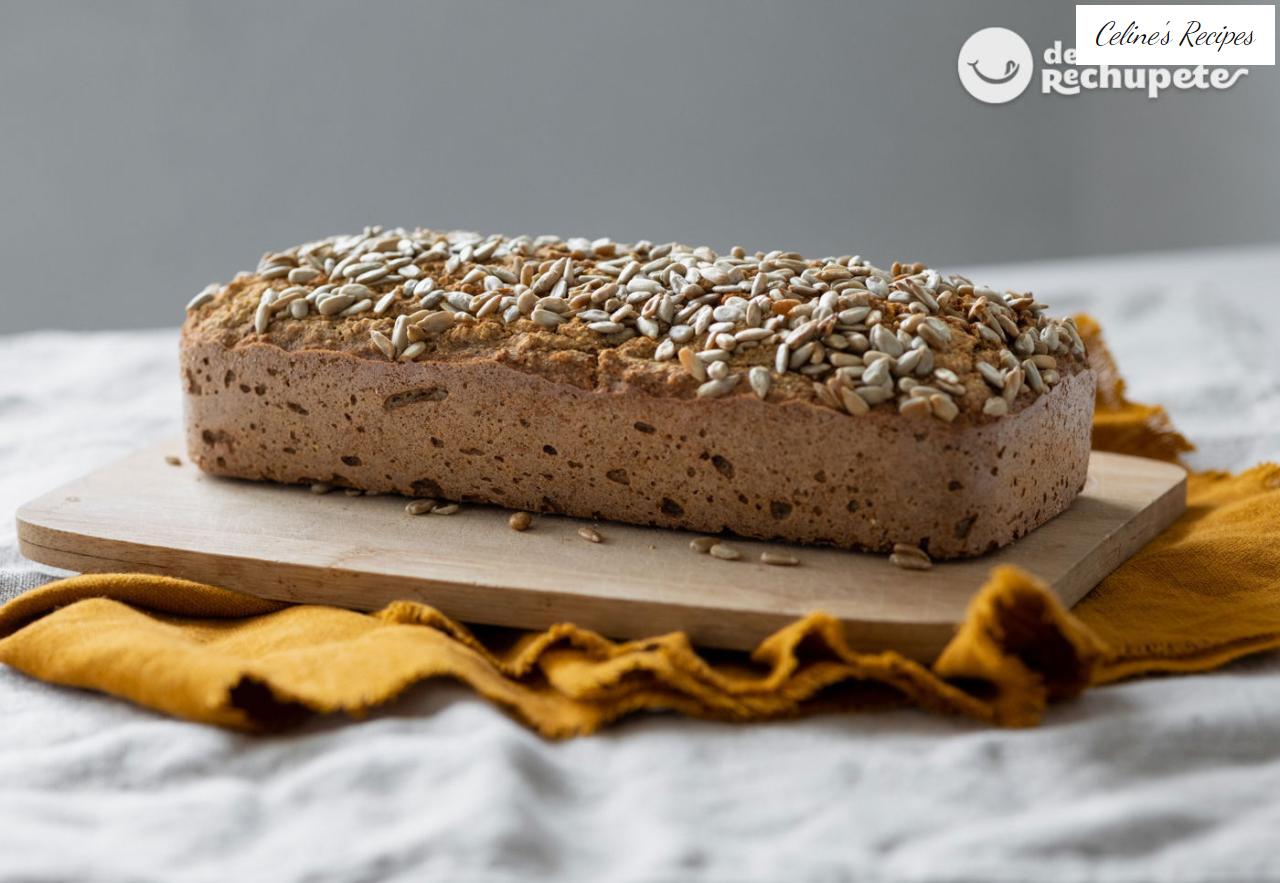
Uses of buckwheat in cooking. Ideas
Buckwheat has a multitude of applications, either using its own sprouted grains or not , or making buckwheat flour and using it in countless recipes from a simple salad or a stir-fry with vegetables to an enriched breakfast with fruits to crepes, cakes or delicious muffins.
But without a doubt, a good option is to make homemade bread with buckwheat flour and thus ensure that it is 100% buckwheat, since in many cases it is sold to us as such and it has mixtures with other flours so that it is no longer so dark and not suitable for celiacs either.
